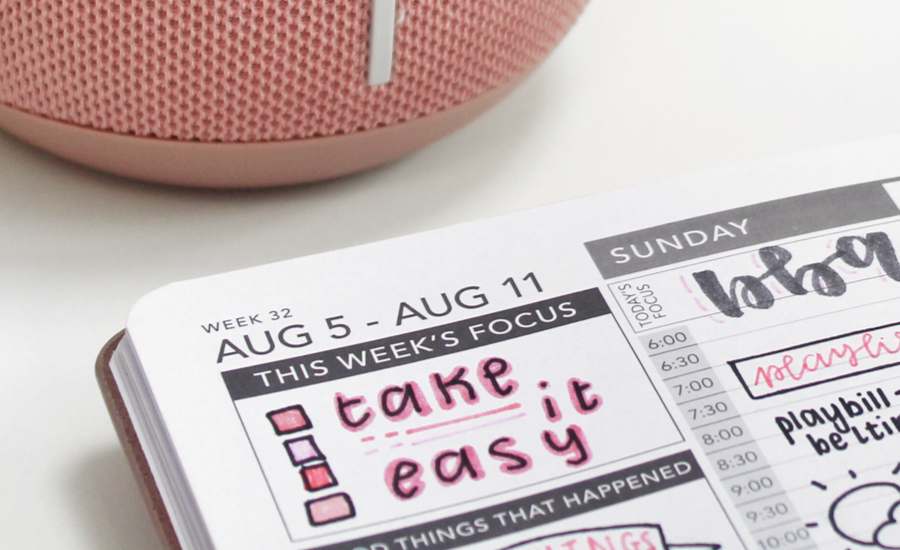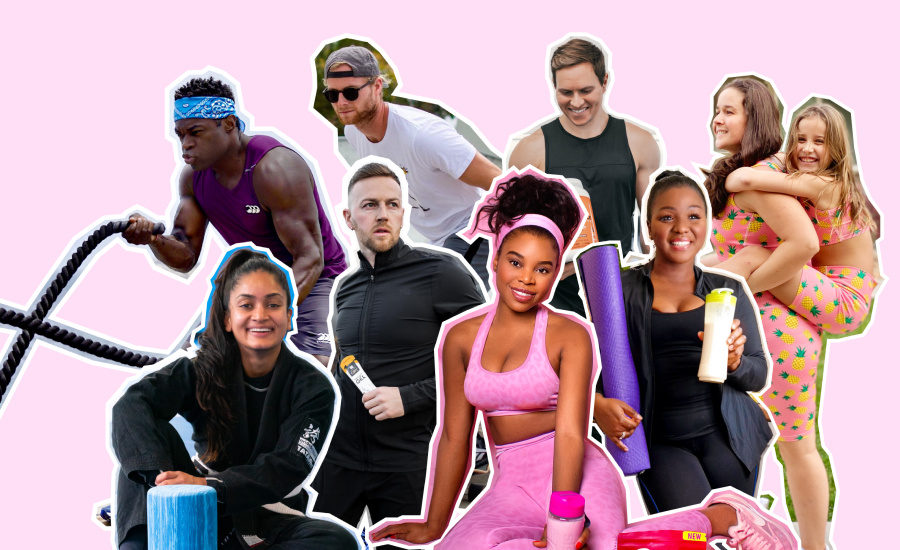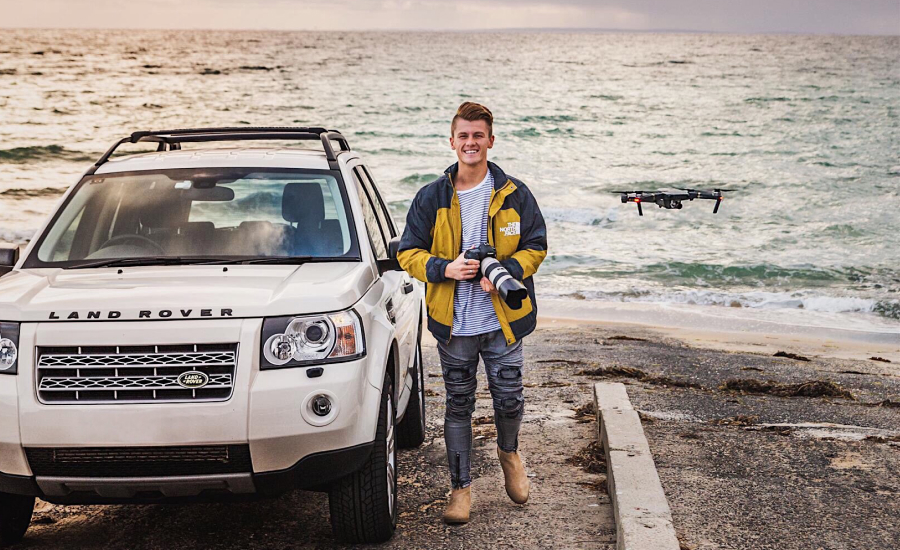Any new industry cops its share of critics. Influencer marketing is no different. However, the constant question of ROI is easier to answer than you’d expect.
But let’s start with a home truth.
If you’re trying to jam influencer marketing into a performance strategy with click-through measurement and sales attribution you’re better off skipping that and moving straight to banging your head against a brick wall; which would be the inevitable outcome anyway.
Influencer marketing is not performance marketing. But it can be the foundation of one. More on that later.
And ROI should be separated from attribution. Don’t look at it that way, because you won’t get the same neatly packaged results.
This is the first time brands are getting the opportunity to work with real and influential people at scale; therefore the approach and outcome cannot be bucketed with all other digital inventory.
So which metrics apply?
The standard industry metric is Cost-Per-Engagement (CPE); the sum total of likes and comments (not video views) divided by the total cost including influencer and agency fees.
Pretty simple right?
But this only gives relative performance to other CPE outputs, or between influencers and campaigns.
Instagram has just done the industry a massive favour by connecting the dots. Instagram’s Paid Partnership tag will allow influencers to directly tag a brand, which in turn gives brands access to rich social insights.
It’s expected, this will pipe reach, audience location, age and gender data straight into a brand’s Facebook ad platform and add a little more robustness to the surface level CPEs the industry was born on.
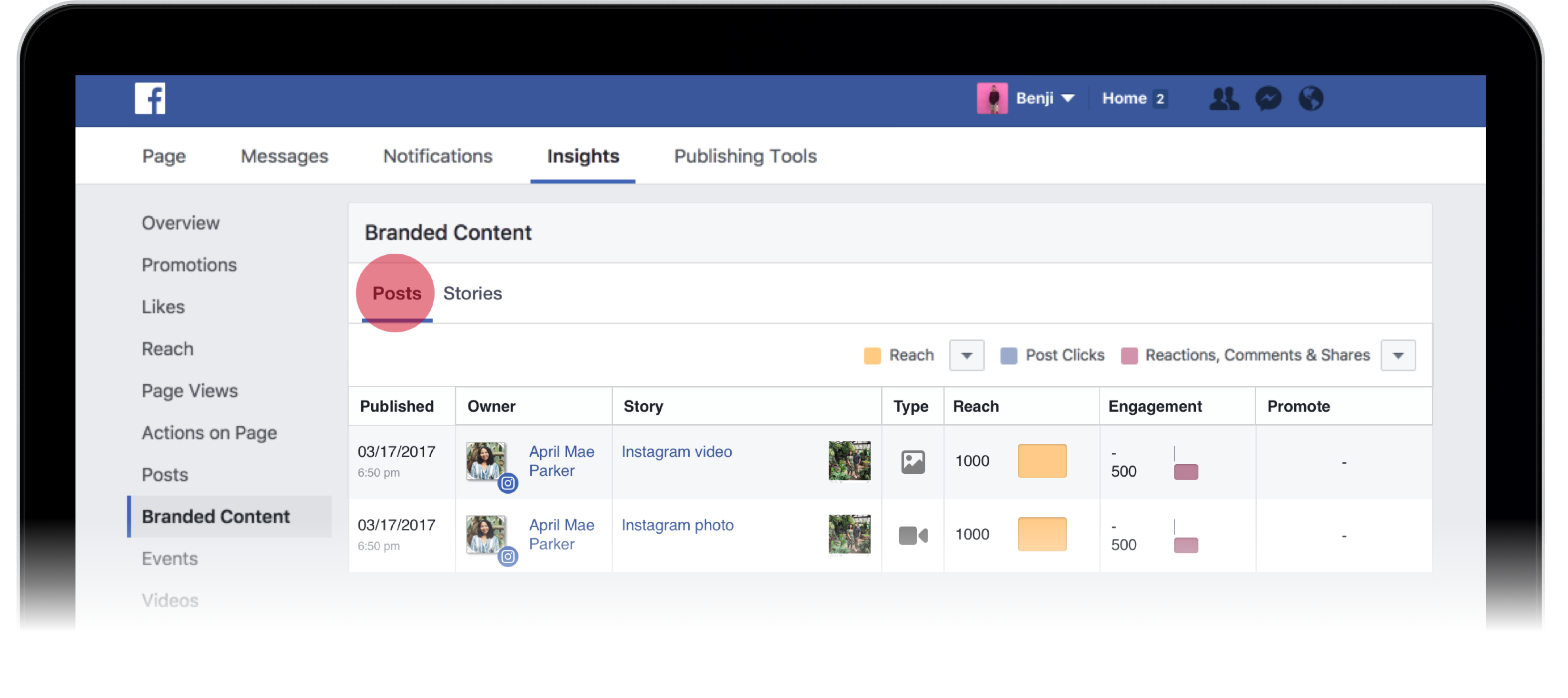
For the first time ever, you’ll be able to accurately benchmark your influencer activity against paid social ads.
In many ways, this is when influencer marketing truly begins.
So what are the three ROIs We should be focusing on?
1. Turning your influencer content into paid ads
2. Time and cost savings vs existing creative solutions
3. Improved ad performance from the volume and variety of influencer content
1. Influencer marketing Paid Ads
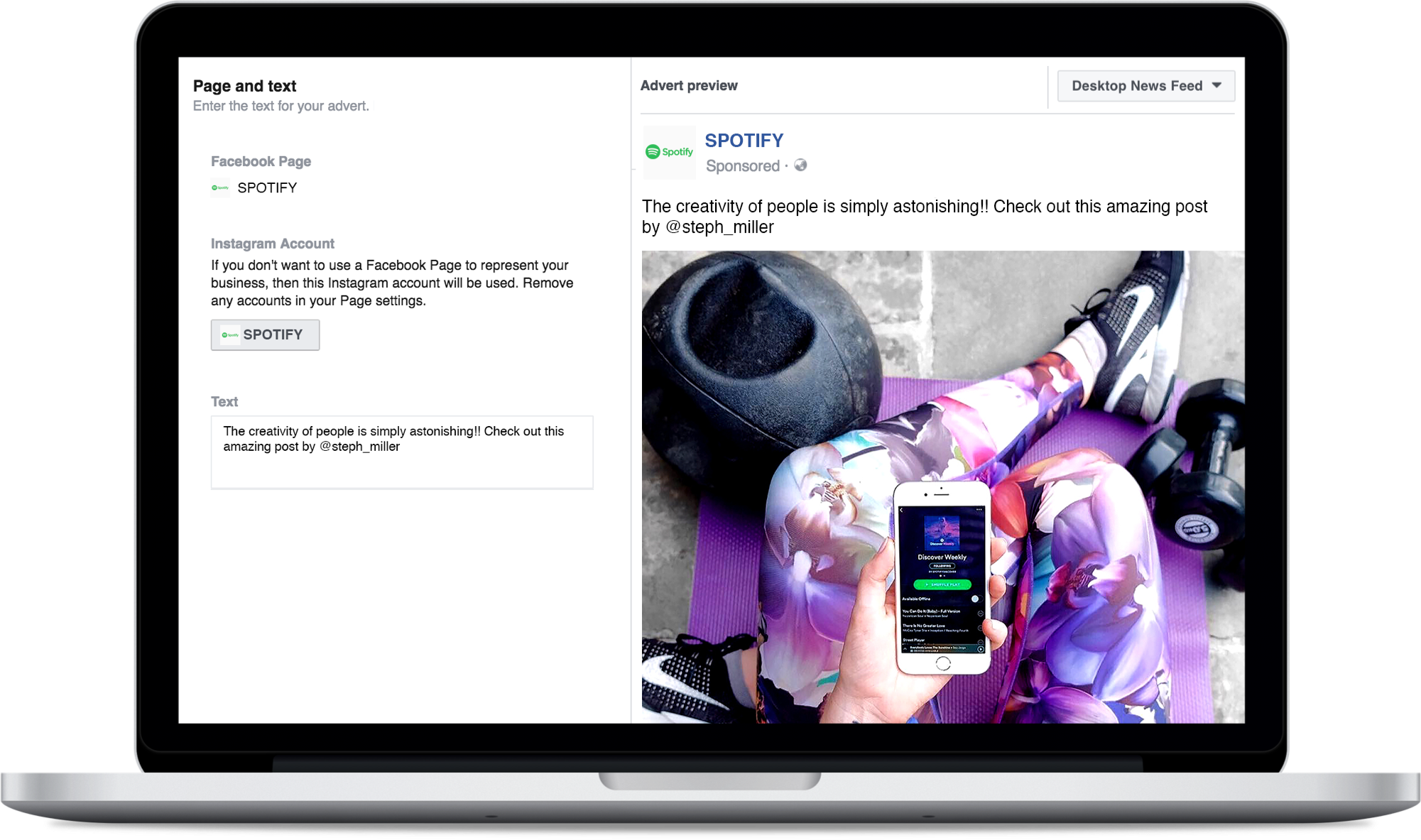
When Paid Partnerships are tagged, not only do brands get insights, they also get the option to boost the content, or turn the IGC (influencer generated content) into paid ads.
This is the real reason Instagram gave the industry this gift, as it inevitably leads to ad revenue for them.
Converting an influencer post into a paid post should always be done with the express permission of the influencer; but it now magically makes that untrackable influencer content into very trackable advertising – click-throughs, downloads, even sales are now as measurable as your paid ads.
For those performance marketers, this is how you turn IM into a powerful click-through machine.
First ROI sorted.
2. Operational ROI
You’ve just sourced influencer generated content for your paid ads and I bet it cost you a lot less than engaging a creative agency.
Now multiply that saving by the 10-20 pieces of content you might need for any half-decent paid social campaign.
Assuming you have the access to the influencers (cough, cough, TRIBE) you’ve produced all the content you need for your entire paid campaign at a fraction of the cost.
Add the time saving on influencer generated content compared to your usual creative solutions and you have a very clear and measurable operational ROI.
3. Improved Ad Performance
So you’ve sourced the content and easily turned it into paid ads, but you’ll now notice how this content performs when compared against your usual ads...
For a start, on Facebook user generated content featuring a brand drives 6.9X higher engagement than brand-generated content.
So it’s clearly thumb-stopping, but one of the main reasons social ads miss the mark is because brands lack the variety, volume and relevancy of content needed to both speak to a specific audience and keep the creative fresh.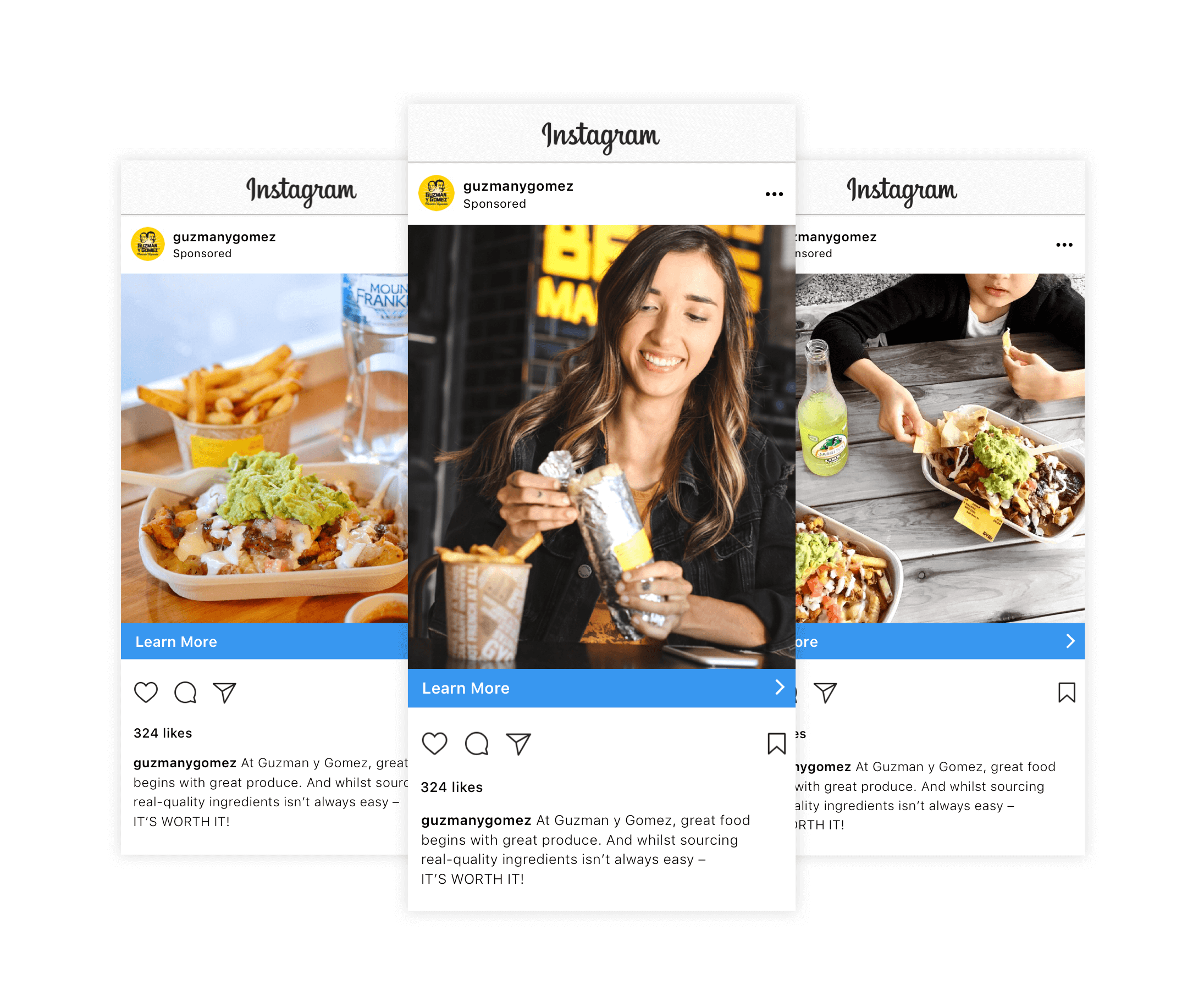 Access to more content, more cheaply and more quickly gives marketers the opportunity to drive greater ad performance. It’s hard to argue that most marketers struggle to get their hands on good branded content.
Access to more content, more cheaply and more quickly gives marketers the opportunity to drive greater ad performance. It’s hard to argue that most marketers struggle to get their hands on good branded content.
Either it’s drip fed from HQ and doesn’t fit your region, or you scramble to coordinate the photographers, models, and locations required to do a proper shoot which only provides a limited array of imagery that quickly loses its freshness.
Tap into influencers’ creativity and you’ll receive a never-ending firehose of influencer generated content, day after day, week after week.
Plug this straight into your paid ads to give you more user friendly, contextual, and relevant content, that can be rotated weekly to avoid ad fatigue.
With an abundance of content, it even opens the door to multivariate test the content for continual ad optimisation.
When undertaking influencer marketing, or any sort of marketing, it’s important to remember ‘ad overlap’.
Yes, the geniuses at Facebook and Google nailed the last-click attribution model to claim credit for the conversion, but unless your business exists in a silo with no residual brand awareness and you only undertake marketing in a single measurable channel; this last click attribution is impacted by all your other marketing – PR, TV, social, word of mouth and yes, those influencers too.

